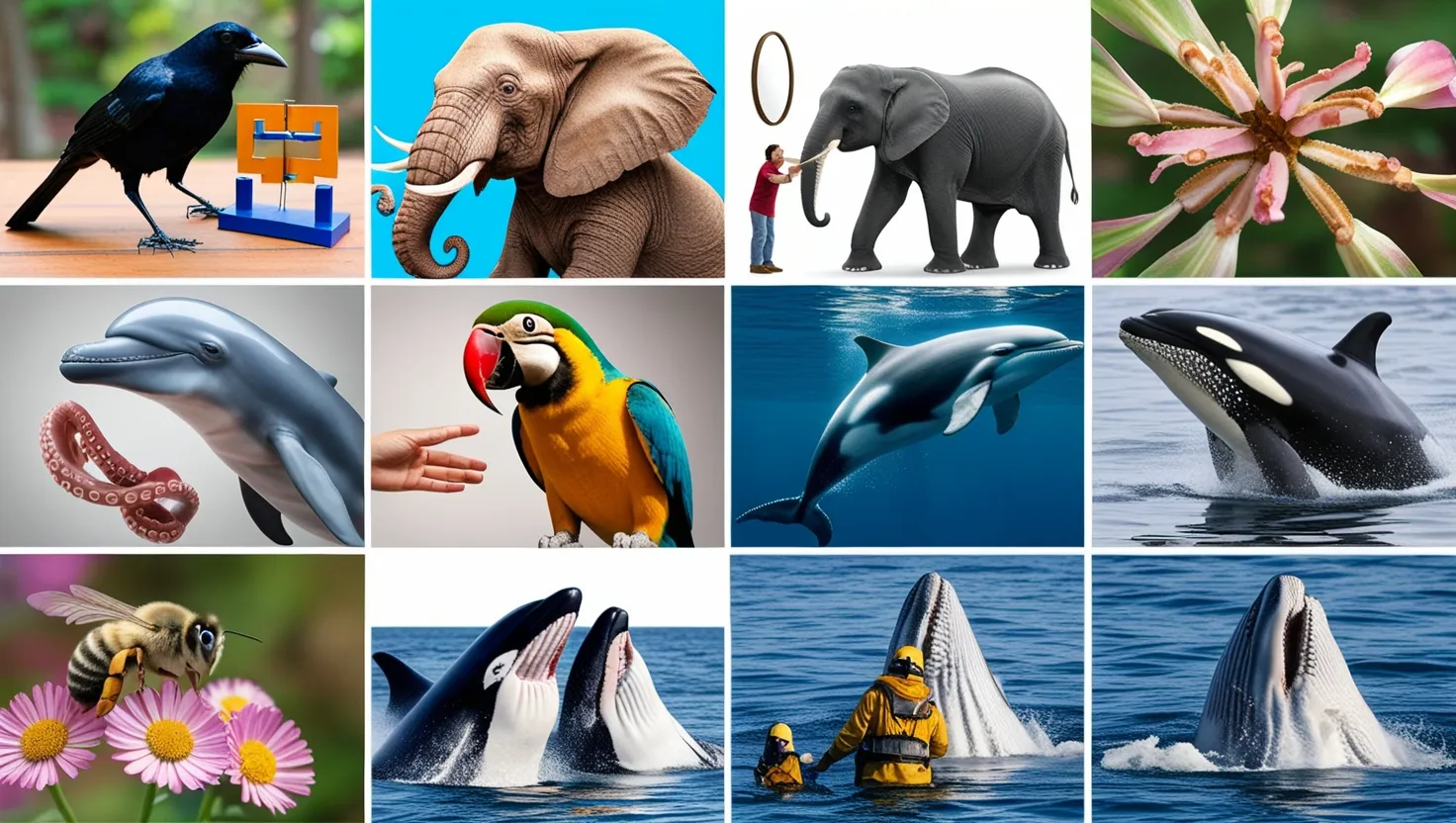Handedness is one of those captivating enigmas of human behavior that’s had everyone from scientists to everyday folks scratching their heads for eons. What makes most of us lean towards being right-handed? And, intriguingly, we’re not alone—the animal kingdom chimes in with its own quirks, as some cats and dogs seem to have paw preferences too. So, what’s the deal with being right or left-handed? Let’s dive deep into this conundrum and unpack the mysteries research has unveiled so far.
Right-handedness is staggeringly widespread, capturing about 90% of the global population. It’s a trend that hardly sways no matter where you are in the world or what culture you hail from. But being right-handed isn’t just about being better at using that hand; it’s a reflection of something much more profound happening inside our brains. You know, the left side of the brain—which controls the movements of the right hand—is the captain in charge of language tasks for over 95% of right-handed folks. This might hint at why we’re wired this way: handedness is heavily linked to how our brain sides split their duties.
There’s a pretty neat theory that puts right-handedness down to something called attentional asymmetry. In simpler terms, it means that when juggling tasks that need both hands, most people give extra attention to the right one. This attention bias towards the right could play a big part in why right-handedness is so rampant. Studies show that right-handers laser in more on their right hand during tasks where both hands are in the game, and this might shape why they prefer using it and how skilled they become with it over time.
Brain asymmetry gives a whole new angle on this. Fancy gadgets like fMRI have let researchers peek inside our heads to understand what’s happening. Left-handers, for instance, showcase different brain patterns compared to right-handers. Have you ever heard that most righties toss their language skills to the left hemisphere? Well, lefties are more of a wild card—they might do the opposite or share the load between both halves. This mix-and-match situation means less average asymmetry for lefties, hinting that their brains might not divide tasks as strictly as those of right-handers.
Looking at the young ones, handedness is something that begins to blossom early in life, yet the exact path it takes is still somewhat of a puzzle. Studies zero in on children, showing how handedness connects with specific brain wiring patterns. For left-handers, there’s usually stronger connectivity in motor areas steering the left hand and less buzzing in the right—and this could be the secret sauce that sets the stage for how handedness develops and locks into place.
Of course, genetics can’t be left out of the discussion. They seem to have a good deal to say about which hand becomes dominant. Though it’s a complex story and not entirely unravelled yet, science has picked out some genetic traits that sway the odds towards left-handedness. But it isn’t genetics flying solo—environment and personal development also join the chorus, adding their own flavors to the mix.
It’s not just a human affair, though. Animals like cats and dogs join the parade, showing off their own paw preferences. Ever notice a cat using one paw more when they’re pawing at a door? Or a dog that steps up with the same paw on stairs? These tendencies hint that similar genetic and environmental forces might shuffle through our furry friends, too.
Across cultures and down through history, handedness has stirred up quite a bit of chatter. There’s a stack of tales from the past, particularly where being left-handed got quite the bad rap—as signs of misfortune or worse. This bad mojo even saw lefties pushed towards using their right hands by force, a practice that thankfully faded as understanding deepened. Today, letting folks play to their natural strength is respected, knowing it affects how they think and move in the world.
Despite all the headway in research, the core reasons behind handedness are still like shadows—visible yet elusive. True, handedness is a cocktail of genetics, surrounding influences, and the neural network, but the precise brew leading to most folks being righties is still wrapped in mystery. Upcoming studies, especially those tracking folks over longer spans and from an early life stage, might just peel back some layers, giving us a clearer view.
Imagine the next time you’re picking up a pen or swiping on your phone. If you’re right-handed, try the left instead. Suddenly, tying shoelaces feels like rocket science, right? These tiny experiments underline how ingrained these preferences are and how they mirror intricate workings within our noggins.
In a wrap, handedness is just one of those deeply human puzzles that holds our curiosity. Years of delving into its neurological roots and developmental aspects have unraveled so much, yet leave much more on the table. Exploring these pathways not only enriches our grasp of brains but also highlights just how unique our wiring is. More than being just a choice or habit, handedness beams a light on our cerebral wonder and the entwined web of nature and nurture crafting who we ultimately become.
As we chase down the full story on handedness, the pursuit promises to unfold even more awe-inspiring insights into the depths of human and animal identity. Let’s keep those questions circling and the discoveries rolling, as every little piece brings us closer to cracking the code of handedness’s captivating allure.





